Deep Filtration
Deep filters are a type of water filter that uses a bed of granular material to remove suspended particles from water. The granular material, which is typically sand or anthracite, is arranged in a column and the water flows through it under gravity. The particles are trapped in the spaces between the grains of media. Deep filters are commonly used in municipal water treatment plants to remove turbidity, color, and other suspended particles from drinking water. They are also used in industrial water treatment plants to remove contaminants such as oil, grease, and heavy metals.
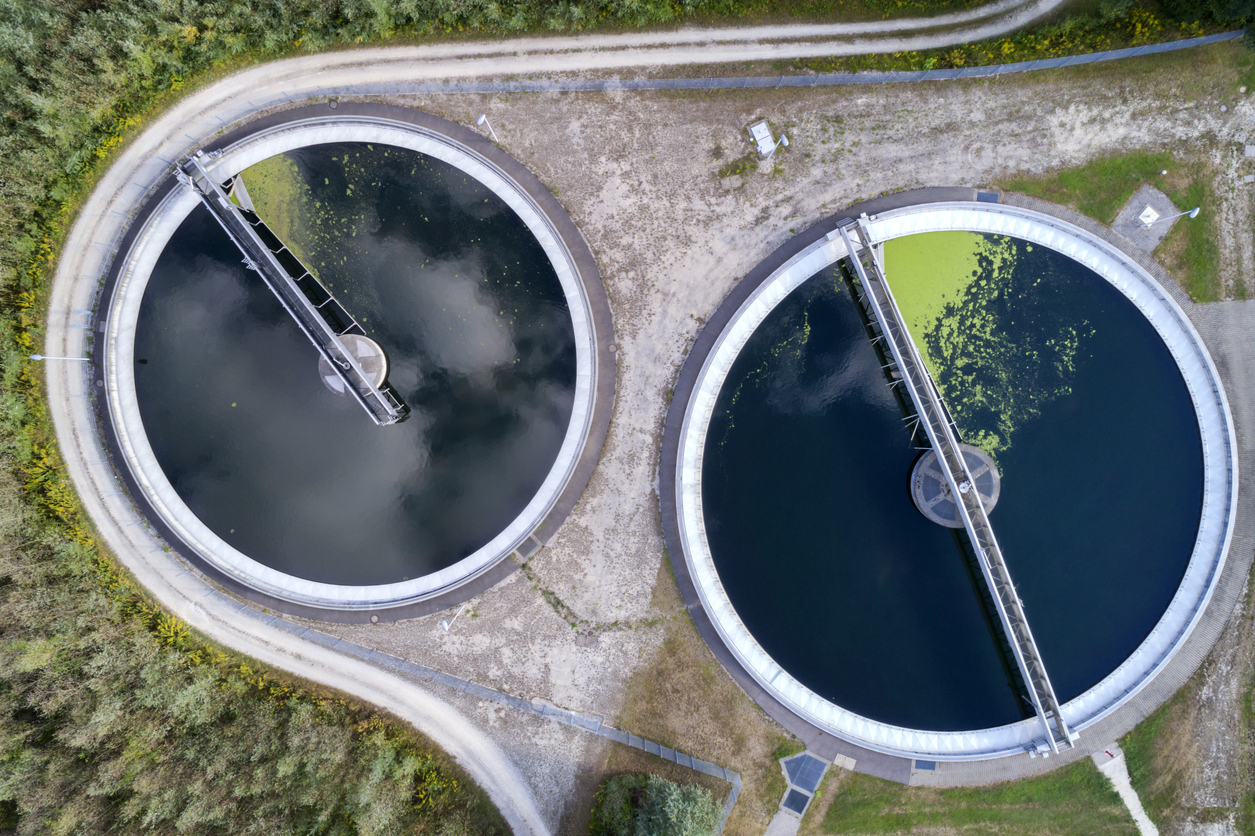
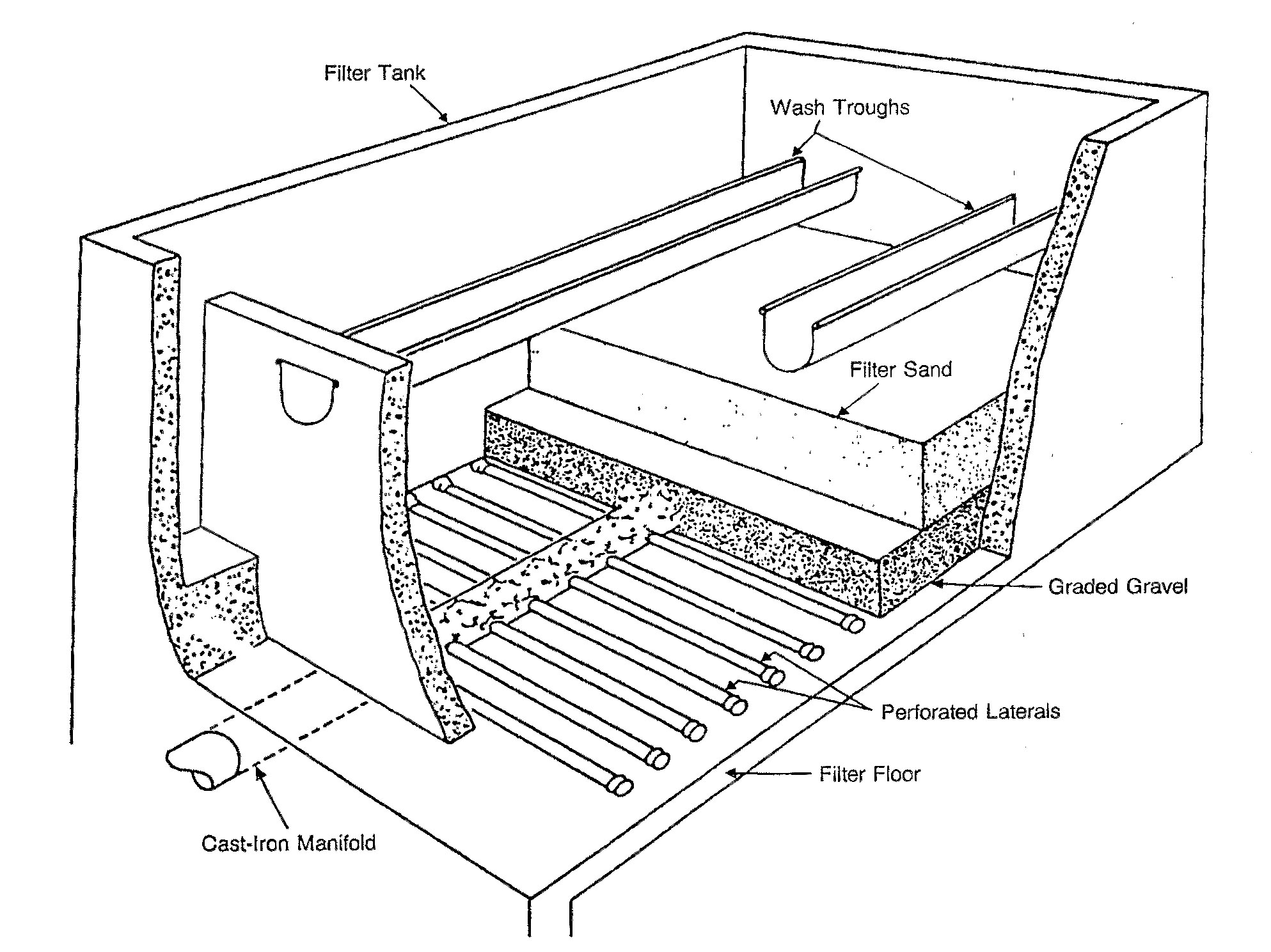
Sand filtration
Sand filtration is a robust method for removing suspended solids from water. The filtration medium is a bed of sand with different sizes and specific gravities. The size and specific gravity of the sand are chosen to match the type of water being filtered and the desired level of removal.
Sand filters are used in a variety of applications, including:
- Preparation of cooling water
- Treatment of wastewater
- Production of drinking water
- Filtration in swimming pools
- Pre-filtration for membrane systems
- Filtration of gray or surface water
- Removal of iron
The amount of dirt that a sand filter can hold depends on the size and specific gravity of the sand, as well as the flow rate of the water. A typical sand filter can hold 3 to 6 kg of total suspended solids (TSS) per square meter of sand surface.
When the filter becomes overloaded with particles, the flow direction is reversed and the flow rate is increased to clean the filter. This process is called backwashing. Backwashing removes the accumulated particles from the sand bed and allows the filter to continue operating.
The timing of backwashing is determined by one of the following criteria:
- Pressure drop across the filter
- Operating time
Activated carbon filters
Activated carbon, also known as activated charcoal, is a form of carbon that has been processed to have a high surface area and small, low-volume pores. This makes it an effective material for filtering contaminants from water and air.
The activation process is done by heating the carbon under high temperatures in the absence of oxygen. This causes the carbon to develop a network of pores. The size and shape of the pores can be controlled by the activation process.
The surface area of activated carbon can be up to 3,000 square meters per gram. This means that a small amount of activated carbon can have a very large surface area, which is ideal for filtering contaminants.
Activated carbon is used in a variety of applications, including:
- Water filtration: Activated carbon can be used to remove contaminants from drinking water, such as chlorine, organic matter, and heavy metals.
- Air purification: Activated carbon can be used to remove pollutants from the air, such as smoke, dust, and odor.
- Industrial applications: Activated carbon is used in a variety of industrial applications, such as removing pollutants from wastewater and gases.
Activated carbon is a versatile material that can be used to remove a wide variety of contaminants from water and air. It is an important part of many water and air purification systems.
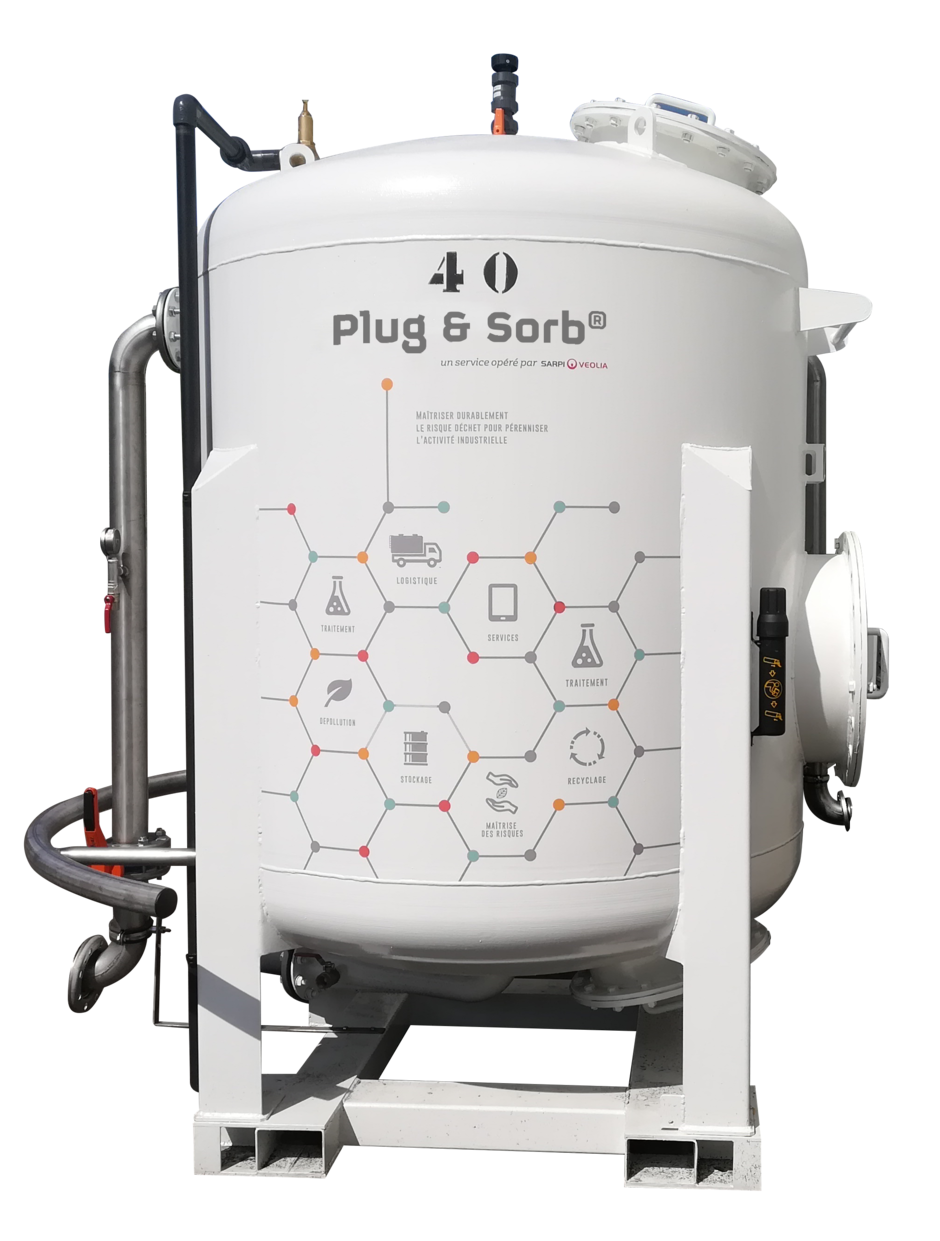
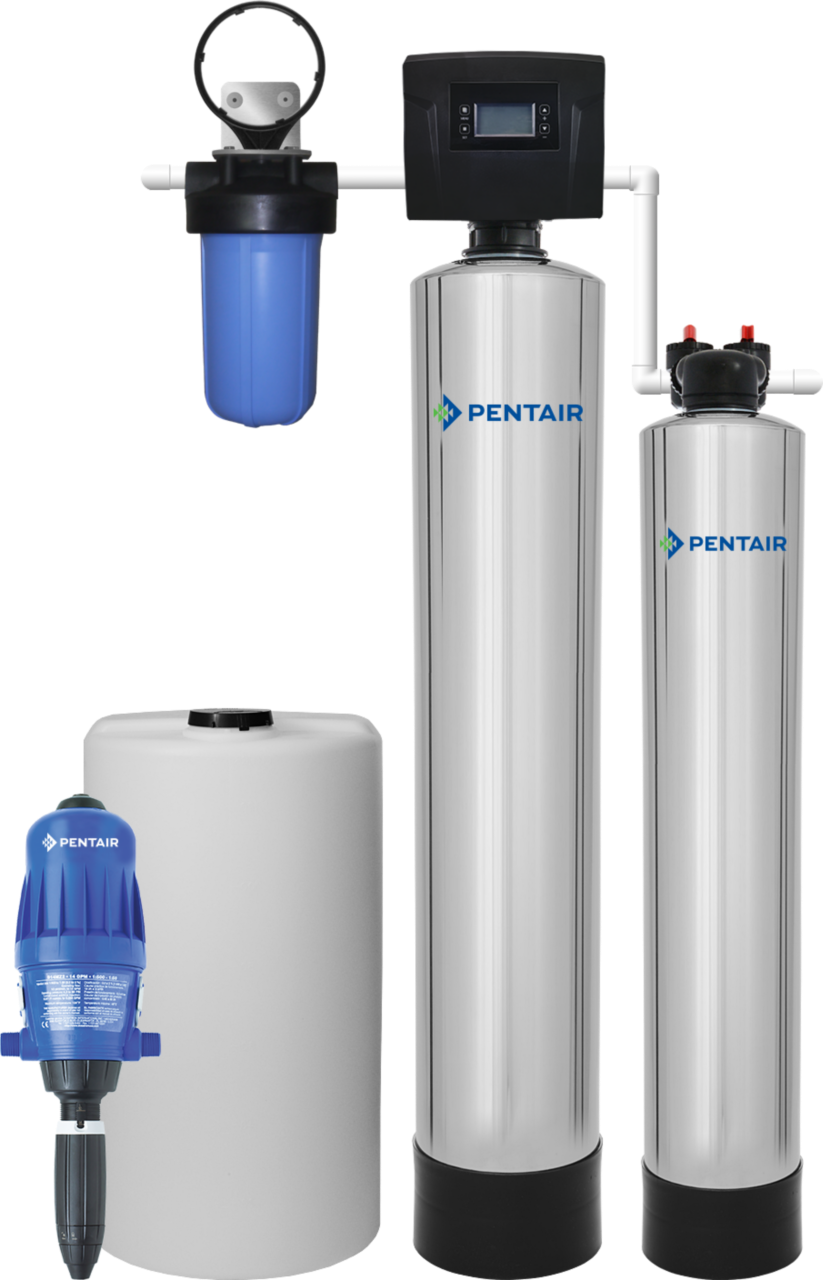
Iron removal filters
Iron removal filters are designed to remove excess iron from water. They work by oxidizing the iron to convert it from a dissolved state to an insoluble state. The insoluble iron can then be filtered out of the water.
Iron removal filters are used in a variety of applications, including:
- Industrial applications: Iron removal filters are often used in industrial applications where there is a high concentration of iron in the water. This can help to prevent corrosion and staining of equipment.
- Commercial applications: Iron removal filters can also be used in commercial applications, such as hotels and restaurants. This can help to improve the taste and appearance of the water.
- Residential applications: Iron removal filters can also be used in homes. This can help to prevent staining of fixtures and appliances, and improve the taste of the water.
- Water treatment plants: Iron removal filters are also used in water treatment plants. This helps to ensure that the water is safe to drink and use.
The type of iron removal filter that is best for a particular application will depend on the specific conditions of the water. For example, the type of iron in the water, the amount of iron in the water, and the desired level of removal will all factor into the decision.
Arsenic Systems
Arsenic is a naturally occurring element that can be found in water as arsenate (oxidation degree +V) or arsenite (oxidation degree +III). Arsenic is a highly toxic element that can cause a variety of health problems, including cancer, skin lesions, and neurological damage.
There are a number of different methods that can be used to remove arsenic from water. The most common methods are:
- Reverse osmosis and nanofiltration: These methods can remove arsenic effectively, but they also remove a significant amount of other water constituents, such as dissolved solids and minerals. This can make the water taste salty or bitter.
- Ion exchange: This method uses resin beads to exchange arsenic ions for other ions, such as sodium ions. Ion exchange is a relatively effective method for removing arsenic, but it can be expensive and the resin beads can eventually become saturated with arsenic.
- Precipitation and filtration: This method uses chemicals to precipitate arsenic out of solution. The precipitated arsenic can then be removed by filtration. Precipitation and filtration is a relatively effective and affordable method for removing arsenic, but it can be less effective for removing arsenite.
- Adsorption: This method uses a solid material, such as activated carbon, to remove arsenic from water. Arsenic molecules are attracted to the surface of the activated carbon and are then trapped. Adsorption is a relatively effective and affordable method for removing arsenic, and it can be used to remove both arsenate and arsenite.
The best method for removing arsenic from water will depend on the specific application. For example, reverse osmosis or nanofiltration may be the best choice for removing arsenic from drinking water, while precipitation and filtration may be the best choice for removing arsenic from industrial wastewater.
Arsenic removal systems are used in a variety of applications, including:
- Drinking water treatment: Arsenic removal systems are used to remove arsenic from drinking water to meet regulatory standards.
- Industrial wastewater treatment: Arsenic removal systems are used to remove arsenic from industrial wastewater to prevent environmental contamination.
- Groundwater remediation: Arsenic removal systems are used to remove arsenic from groundwater to make it safe for drinking and irrigation.
- Medical applications: Arsenic removal systems are used to remove arsenic from the blood and tissues of people who have been exposed to high levels of arsenic.
The use of arsenic removal systems is essential to protect human health and the environment. By removing arsenic from water, we can help to prevent a variety of health problems and ensure that our water supply is safe to drink and use.
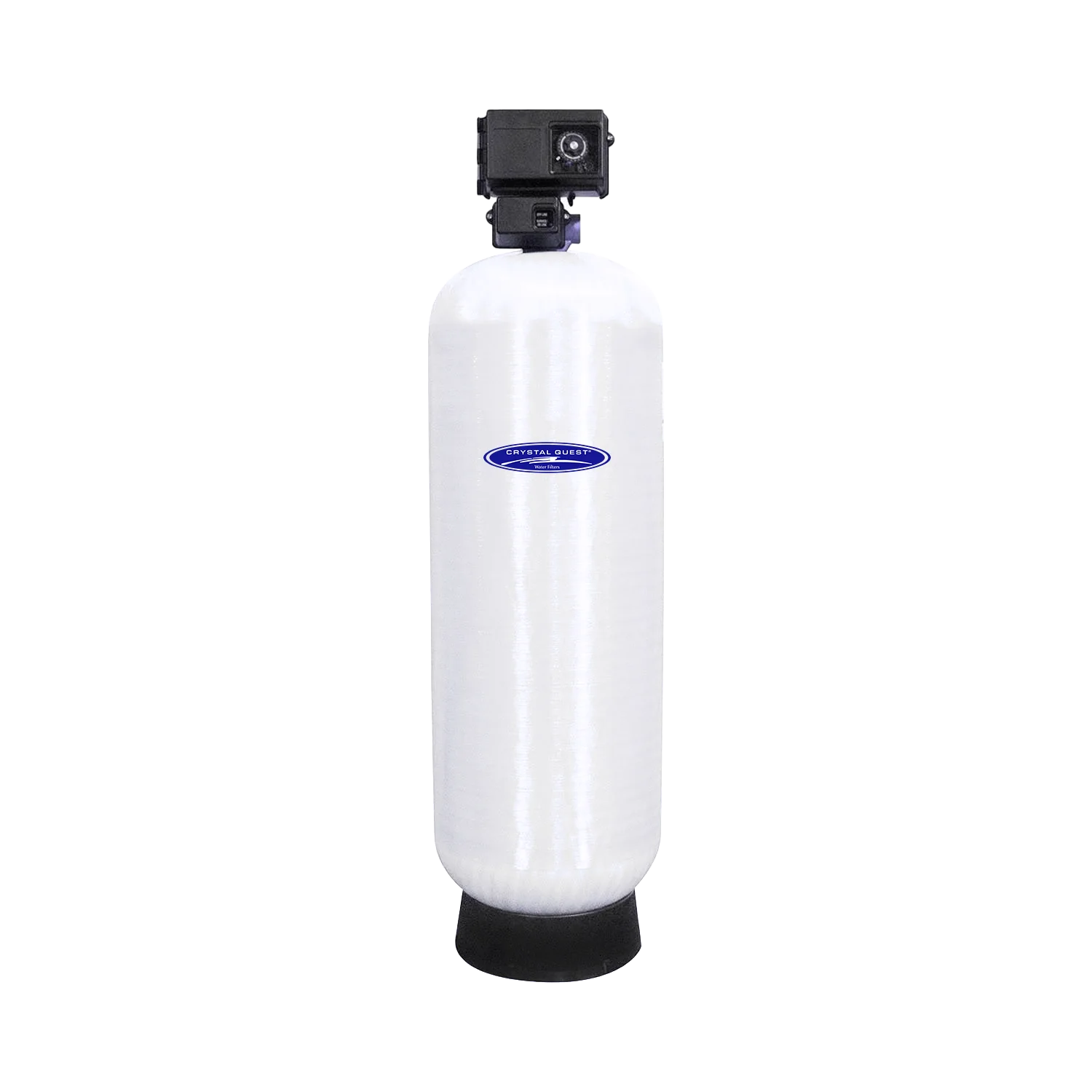
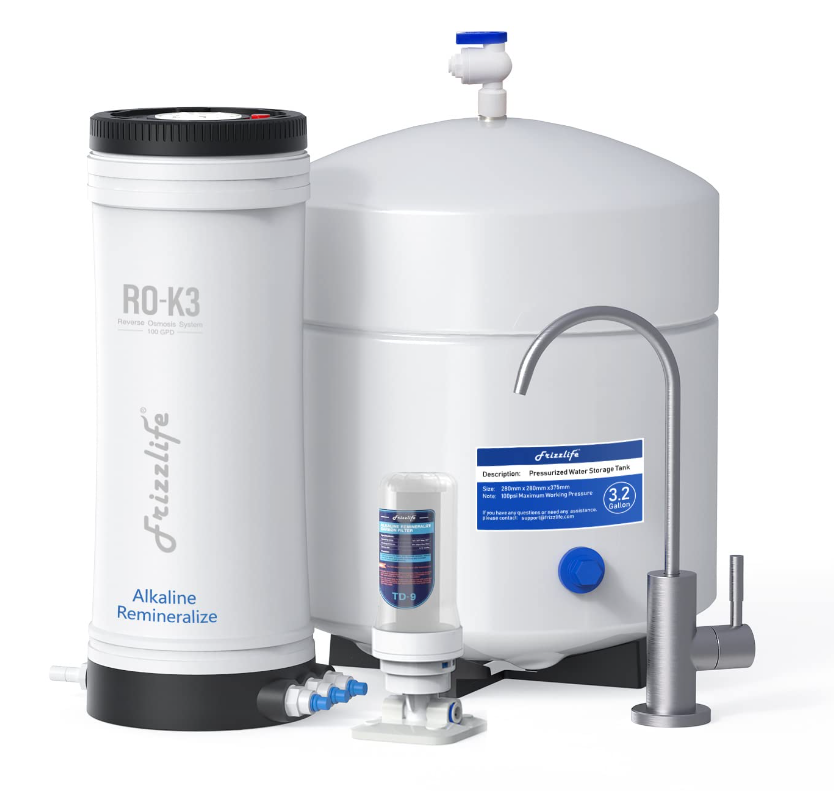
Remineralization filters
Remineralization filters are used to add calcium and bicarbonates to acidic waters, such as groundwater, rain water, or reverse osmosis permeate. They can also be used to neutralize the pH of water.
Remineralization filters work by passing water through a bed of limestone. The limestone reacts with the water to produce calcium and bicarbonate ions. These ions help to make the water less acidic and more palatable.
Remineralization filters are used in a variety of applications, including:
- Drinking water treatment: Remineralization filters are used to make drinking water more palatable and to improve its nutritional value.
- Industrial water treatment: Remineralization filters are used to make industrial water less corrosive and to improve its performance.
- Agriculture: Remineralization filters are used to make irrigation water more beneficial to plants.
- Aquariums: Remineralization filters are used to maintain the water quality in aquariums.
The type of remineralization filter that is best for a particular application will depend on the specific requirements of the application. For example, the size of the filter and the type of limestone used will vary depending on the amount of water that needs to be treated and the desired level of remineralization.
Here are some of the benefits of using remineralization filters:
- They can make water more palatable.
- They can improve the nutritional value of water.
- They can make water less corrosive.
- They can improve the performance of industrial water.
- They can be beneficial to plants.
- They can help to maintain the water quality in aquariums.

